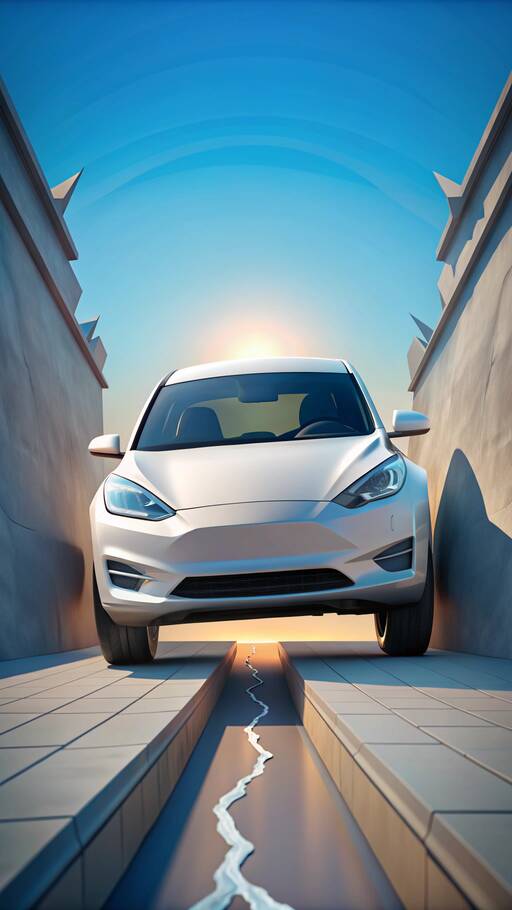
Tesla’s choice to depend entirely on visual cameras for its Autopilot system, unlike other companies that use a combination of sensors, comes with notable drawbacks. Cameras, much like human eyes, struggle with visibility in adverse conditions such as fog, rain, or dirt. This lack of redundancy can lead to confusion, misinterpreting sunrises or tunnels. In contrast, lidar and radar could offer the necessary checks by detecting obstacles that cameras might miss.
YouTuber Mark Rober put Tesla’s system to the test by comparing a Model Y with a vehicle equipped with lidar. In a cartoon-inspired experiment, both vehicles faced a wall painted to look like a continuing road. As expected, the Tesla, fooled by its cameras, crashed into the wall. This demonstration highlighted both the humor and the potential danger of relying solely on cameras.
Rober's experiment also shed light on Tesla’s practice of Autopilot disengaging shortly before a crash. This issue had previously been the subject of a NHTSA investigation into 16 incidents where Tesla vehicles collided with stationary emergency vehicles. In these cases, Autopilot ceased assistance less than a second before impact, raising questions about timing and intent.
The reasons behind such deactivations remain unclear. Some speculate it shifts responsibility to the driver, although NHTSA hasn't found evidence of intentional wrongdoing by Tesla. In fact, the investigation revealed that most crashes included forward collision warnings and automated braking, indicating that drivers had limited time to react.
Despite Tesla's repeated marketing of Autopilot as nearly autonomous, it remains a driver assistance tool, requiring constant attention even while in use. There are technological reasons for these late shutoffs—similar to pre-crash precautions in other modern vehicles—but the lack of communication from Tesla leaves room for speculation until NHTSA concludes its expanded investigation on over 800,000 vehicles from 2014-2022.
Tesla's Autopilot system, which primarily relies on cameras, has shown vulnerabilities in controlled tests, raising questions during NHTSA probes into its last-second disengagements before certain crashes. These findings underscore the need for attentive driving, while Tesla's marketing and trust in its technology continue to face scrutiny.